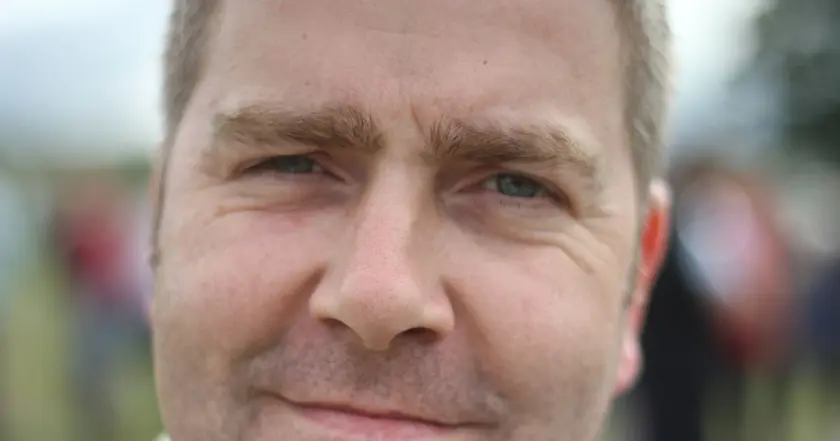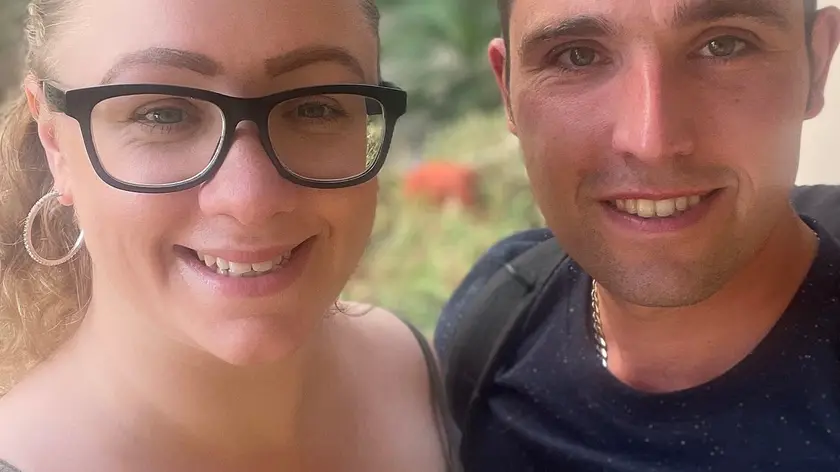T4K3.news
Missed diagnosis ends in tragedy at A&E
A man dies weeks after a misdiagnosis at an NHS hospital. His partner seeks answers and calls for change.

A man dies after being sent home from A&E with gastritis, later found to have an aortic dissection, prompting legal action and calls for better recognition of rare but deadly conditions.
Missed diagnosis ends in tragedy at A&E
David Burgess, 52, from Sale in Greater Manchester, fell ill on April 24 with severe stomach and back pain. He went to Wythenshawe Hospital’s A&E the next day and was diagnosed with gastritis, told to take Gaviscon, and discharged. Six days later he returned with worsening symptoms and tests revealed an aortic dissection, a tear in the main artery. He underwent two major operations, but his condition deteriorated, with brain scans showing mini-strokes. On May 10, life support was halted with Burgess surrounded by family.
The Aortic Dissection Charitable Trust notes about 2,000 people die from the condition each year in the UK and that around one in three cases are misdiagnosed. Sandra O’Hagan, Burgess’s partner, has signalled legal action against Manchester University NHS Foundation Trust and is campaigning to raise awareness of a condition she says is flying under the radar. The NHS Trust said it would review the care and share findings with the family and the coroner.
Key Takeaways
"I just thought, how can this be happening? He went to A&E nearly a week ago and they sent him home."
Sandra O’Hagan describes the moment she realized the initial assessment may have failed.
"People need to know about this condition and doctors need to be better trained to spot it."
Sandra on the need for awareness and training.
"We offer our sincere condolences to Mr Burgess’s family and friends. We are undertaking a review of his care and will share the findings with his family and the coroner."
NHS Foundation Trust statement.
"Around 2,000 people a year die from the condition in the UK, and around one in three cases are misdiagnosed."
Charity statistic cited in the report.
Aortic dissection often masquerades as more common, less dangerous problems, which makes quick, accurate identification in crowded emergency rooms challenging. This case highlights the tension between rapid triage and thorough assessment in a busy hospital setting. It also underlines how a single missed sign can reverberate through a family and fuel public scrutiny of NHS staffing, training, and accountability.
Policy-wise, the incident could sharpen debate over diagnostic training, access to imaging, and patient safety data. While accountability matters, the broader goal is to reduce avoidable deaths through clearer protocols, better communication with families, and transparent learning from near-misses and tragedies.
Highlights
- A misdiagnosis can cost a life and a family its future
- People need to know about this condition and doctors need to be better trained to spot it
- This case shows how a routine check can change a life in minutes
- Advocacy today could spare others tomorrow
Medical misdiagnosis raises political and public reaction risk
The case touches on patient safety, NHS funding and accountability, and could provoke legal action and public scrutiny of hospital practices.
Safer diagnosis depends on learning from each case and turning pain into policy shifts.
Enjoyed this? Let your friends know!
Related News

Family seeks accountability after GP misdiagnosis ends in tragedy

A&E misdiagnosis highlighted by fatal case

Apple Watch alert helps save life after brain tumour

Kidney Proteomics Maps New Targets for CKM health

Campaign for Owain's law prompts policy debate

Aortic dissection misdiagnosis prompts review at Manchester hospital

Baldoni Defends Against Ferrer Bullying Claim

Teenage girl dies from starvation due to NHS failures
